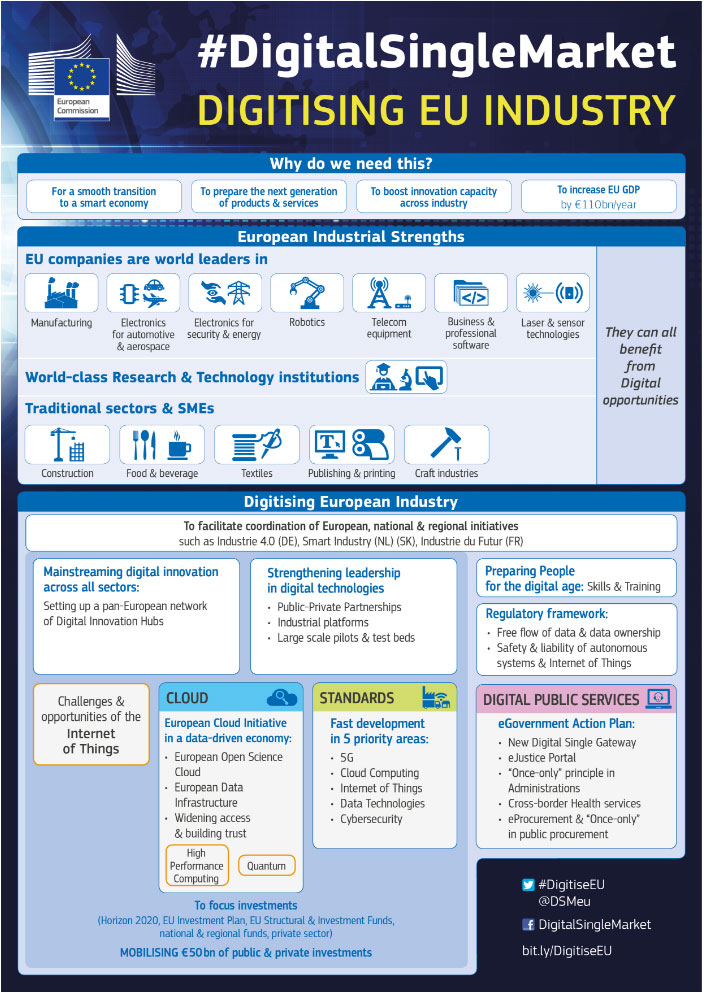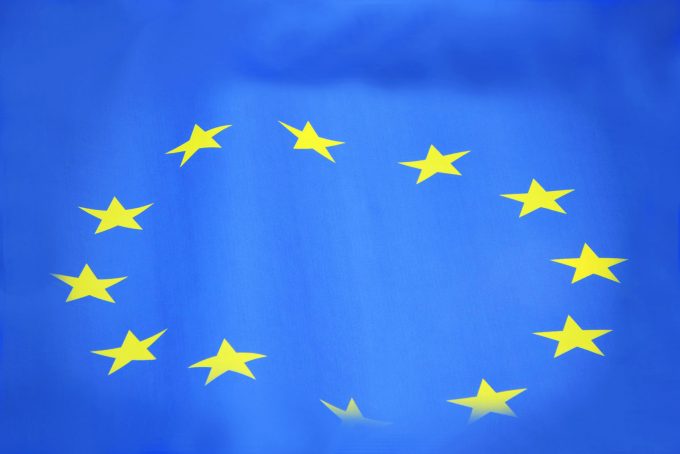
Launching the European Open Science Cloud: A Virtual Environment for Europe’s 1.7 Million Researchers
During the press conference the European Commission presented its blueprint for cloud-based services and data infrastructure. A new European Open Science Cloud will offer Europe's 1.7 million researchers and 70 million science and technology professionals a virtual environment to store, share and re-use data
On April 15 during the European Open Science Cloud Info Day the European Commission displayed the findings of the European Open Science Cloud High-level Expert Group and launched the Call Topic INFRADEV-04-2016: European Open Science Cloud for Research, marking the starting point of an estimated public and private investment of 6.7 billion Euros. The European Commission estimates that, overall, 2 billion Euros in Horizon 2020 funding will be allocated to the European Cloud initiative. The estimation of the required additional public and private investment is 4.7 billion Euros in the period of 5 years.
Federating and interconnecting existing research infrastructure
It is important to know that a new European Open Science Cloud (EOSC) does not automatically mean a completely newly established system. Commissioner Moedas emphasized during the press conference that some scientific disciplines already have successfully running systems and that the EOSC is more about federating and interconnecting existing research infrastructure and only providing new layers for disciplines without a sufficient infrastructure. Thus the European Commission asked the participants of the European Open Science Cloud Info Day to submit proposals how to optimally connect the existing research infrastructure.
This will be underpinned by the European Data Infrastructure, deploying the high-bandwidth networks and super-computer capacity necessary to effectively access and process large datasets stored in the cloud.
Fostering the cloud initiative
Over the coming 5 years, the European Commission will put forward proposals to meet the 4.7 billion Euros investment need to integrate and consolidate data infrastructure. These proposals will bring together EU and other sources, including Member State and private investments.
By 2017, all scientific data produced by projects under the 77 billion Euros within the Horizon 2020 research and innovation programme will become open by default to ensure that the scientific community can re-use the enormous amount of data they generate.
Hot topic – Accessing and protecting the data in the cloud
One steadily recurring question about the cloud is how the data in the cloud may be protected. Commissioner Moedas stated that in the beginning the cloud will be accessible for the 1.7 million European researchers but in the long run it should be accessible for everybody. He emphasized that knowledge should be openly available and only ideas created on the basis of the knowledge within the cloud should be protected. In his words: “Open knowledge but protect ideas”.
More information
- Press Release on Digitising European industry
- Digitising European Industry – Q&A
- Digitising European Industry Reaping the Full Benefits of a Digital Single Market (PDF-Document)
- Communication European Cloud Initiative – Building a Competitive Data and Knowledge Economy in Europe (PDF-Document)
- Communication ICT Standardisation Priorities for the Digital Single Market (PDF-Document)
- EU eGovernment Action Plan 2016 – 2020 – Accelerating the Digital Transformation of Government (PDF-Document)
- Commission Staff Working Document Implementation of the Action Plan for the European High-Performance Computing strategy (PDF-Document)
- Commission Staff Working Document on Quantum Technologies (PDF-Document)
- Staff Working Document Advancing the Internet of Things in Europe (PDF-Document)
- Digitising European Industry (PDF-Document)
- Infographic on Digitising European Industry
- Infographic on European Cloud Initiative
- Overview of European Initiatives on Digitising Industry (Map)
- Background Documents and Key Information on why the European Commission set up a Strategy on Industry
→ Autoren: Dr. Willi Scholz, Prof. Klaus Tochtermann (ZBW – Leibniz-Informationszentrum Wirtschaft)
View Comments

From Vision to Action? The Amsterdam Call for Action on Open Science
At the Amsterdam Conference on Open Science hosted by the Netherlands’ EU Presidency...





